Why International Travel Feels So Draining After 50 And 14 Ways To Fix It Fast
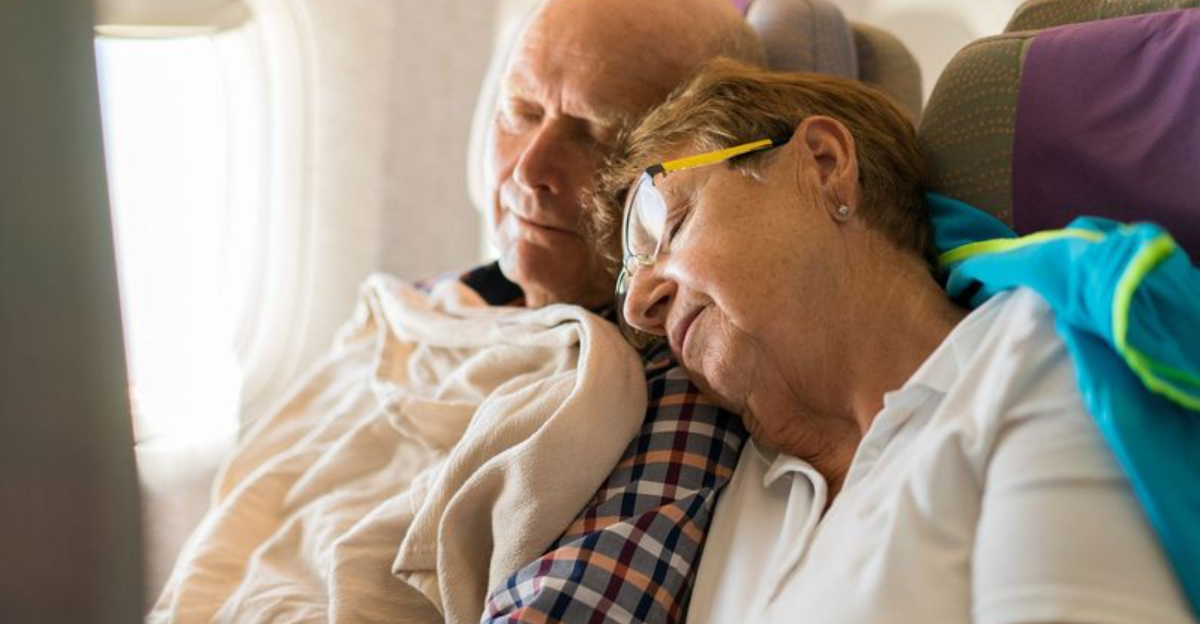
Traveling in your 50s (and beyond) doesn’t mean giving up the thrill of discovery—it just means traveling smarter. Sure, your energy levels might dip quicker than they used to, and sleeping off jet lag might take more than a single espresso shot. But guess what?
That doesn’t mean you need to skip Machu Picchu or the Amalfi Coast. Over the years, I’ve found that a few key tweaks—like pacing your itinerary, building in rest days, and choosing comfort over chaos—can make all the difference. Why rush through five cities in seven days when you can savor two and actually remember them?
So, if you’re craving international adventure but want to skip the burnout, this guide is packed with practical tips to help you travel farther, better, and more comfortably. Ready to see the world your way—no matter your age?
1. Choose Non-Stop Flights When Possible

Multiple layovers create extra stress on your body and mind. Each take-off and landing cycle puts pressure on your ears and sinuses, while running between gates adds physical strain that wasn’t a big deal at 30 but feels monumental at 55.
I always look for direct flights even if they cost a bit more. The price difference pays for itself in energy saved and comfort gained.
When non-stops aren’t available, try scheduling longer layovers (3+ hours) so you can eat a proper meal, stretch your legs, and maybe even find an airport lounge to relax in before the next leg of your journey.
2. Upgrade Your Seat For Long-Haul Journeys

Economy class feels increasingly cramped as we age. Those tiny seats with minimal legroom leave your back aching and legs swollen after just a few hours.
Splurging on premium economy, business, or even first class becomes less of a luxury and more of a necessity for preserving your body. The ability to recline properly or lie flat means arriving at your destination ready to explore rather than desperate for recovery.
If a full upgrade isn’t in your budget, look into economy seats with extra legroom near emergency exits or bulkheads. Your joints will thank you when you land!
3. Pack Smart With Wheeled Luggage
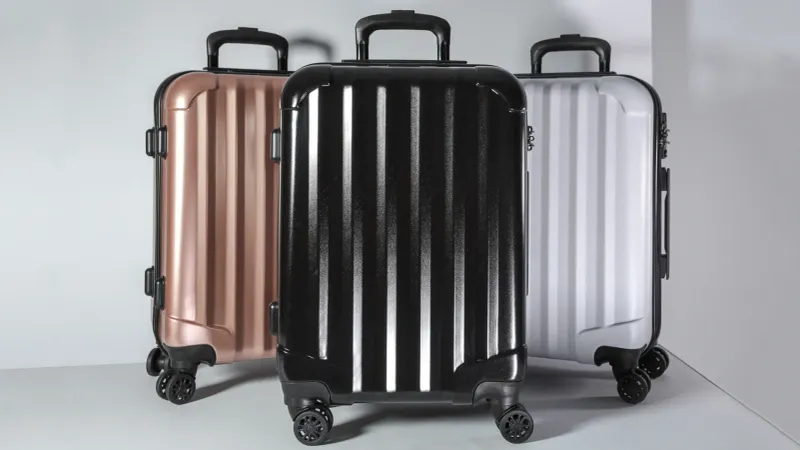
Hauling heavy suitcases through terminals and hotels puts tremendous strain on aging backs, shoulders, and knees. This unnecessary stress can drain your energy before your vacation even begins.
Invest in quality luggage with smooth-rolling wheels and ergonomic handles. The four-wheel spinner suitcases that glide alongside you require almost no effort compared to older two-wheel models you have to drag behind.
Consider shipping bulky items ahead to your destination if staying in one place for a while. And remember the golden rule of travel after 50: if you can’t lift it easily into an overhead bin, it’s too heavy!
4. Adjust To New Time Zones Gradually
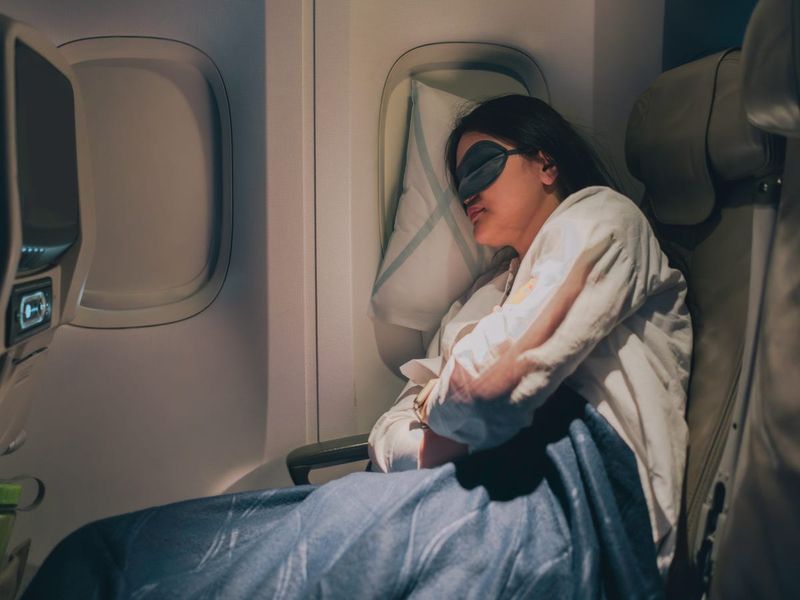
Jet lag hits harder after 50 because our circadian rhythms become less flexible with age. Trying to force immediate adjustment can leave you exhausted for days.
Start shifting your sleep schedule before departure – go to bed an hour earlier or later (depending on your destination) each night for several days prior to flying. This gives your body a head start on the adjustment process.
When you arrive, spend time outdoors during daylight hours at your destination. Natural sunlight is the most powerful tool for resetting your internal clock. Avoid napping longer than 20 minutes, even if you’re tired, to help establish the new rhythm faster.
5. Stay Extra Hydrated Before, During, And After Flights

Dehydration amplifies travel fatigue and can trigger headaches, constipation, and muscle cramps. Aircraft cabins have extremely low humidity (often below 20%), which dries out your system much faster than you realize.
I carry an empty reusable water bottle through security and fill it immediately after. Aim to drink at least 8 ounces of water for every hour in the air – yes, that means more bathroom trips, but also feeling remarkably better upon arrival.
Limit alcohol and caffeine while flying as they worsen dehydration. If you enjoy a glass of wine with your meal, match it with an extra glass of water to offset the dehydrating effects.
6. Build In Recovery Days After Arrival
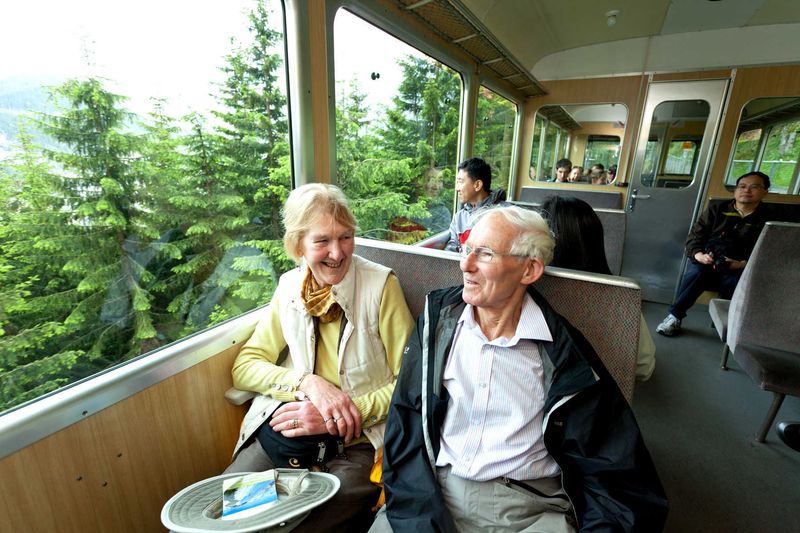
Gone are the days when you could land after a long flight and immediately begin sightseeing. Your body needs time to recover from the physical stress of travel, especially crossing multiple time zones.
Schedule your first day at a new destination as a gentle transition. Book accommodations that allow early check-in if possible, and plan only light activities like a short walk or leisurely meal.
This isn’t wasted vacation time – it’s an investment in enjoying the rest of your trip with more energy and presence. I’ve found that one recovery day after arrival can add three good days on the back end of a trip when I’m not dragging from exhaustion.
7. Bring Proper Medications And Supplements
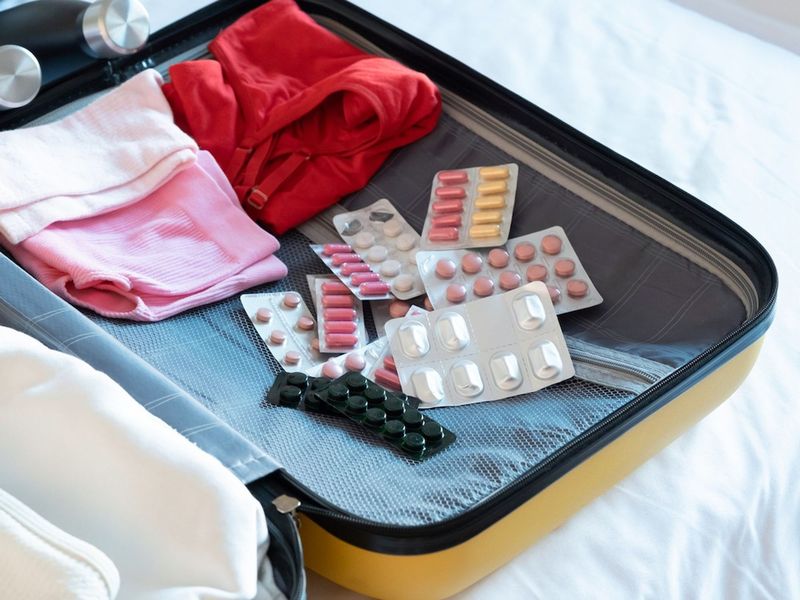
Travel disrupts our routines, which can amplify health issues that are normally well-managed at home. Blood pressure fluctuations, digestive troubles, and sleep disturbances often worsen when traveling internationally.
Pack all prescription medications in your carry-on, along with supplements that support your specific needs. Melatonin can help with sleep adjustments, magnesium may ease muscle cramps from long flights, and probiotics can help maintain digestive health despite changing diets.
Create a simple medication schedule adjusted to your destination’s time zone before departure. Many phone apps can help you track when to take what, eliminating one more thing to worry about while adjusting to a new place.
8. Use Compression Socks For Long Flights

Swollen ankles and feet aren’t just uncomfortable – they’re warning signs of reduced circulation that can lead to more serious issues like deep vein thrombosis. After 50, our vascular systems need extra support during long periods of inactivity.
Compression socks gently squeeze your legs, promoting better blood flow during those hours of sitting. The difference is remarkable – I’ve stepped off 12-hour flights with normal-sized ankles and much more energy when wearing them.
Modern compression socks come in stylish designs that don’t scream “medical device.” Put them on before boarding and keep them on until you’ve had a chance to move around substantially at your destination.
9. Slow Down Your Itinerary
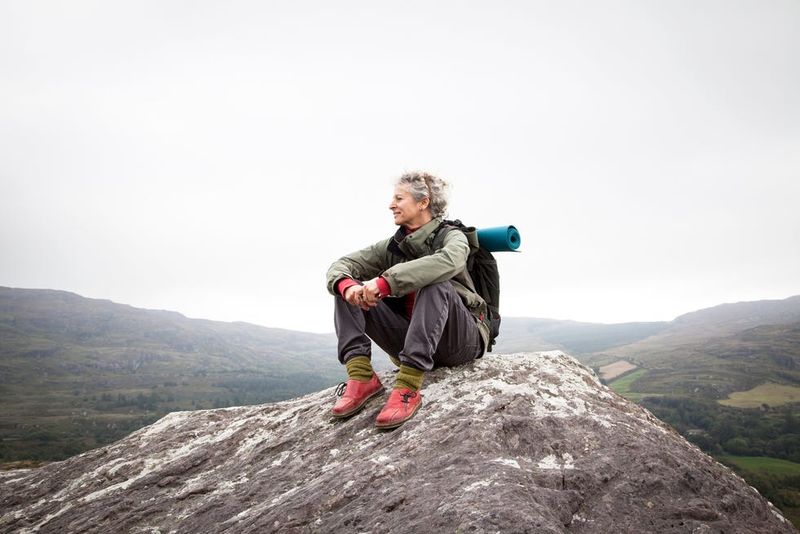
Racing between multiple cities or countries in a single trip becomes increasingly taxing after 50. That whirlwind pace that worked in your younger years now leaves you too exhausted to truly appreciate where you are.
Adopt the “less is more” approach by spending more time in fewer places. Three nights minimum per location gives you time to settle in, explore at a reasonable pace, and actually remember what you’ve seen.
This slower travel style also reduces the physical and mental strain of constant packing, unpacking, and transportation logistics. You’ll return home with meaningful experiences rather than a blur of exhausting transitions and half-remembered sights.
10. Book Accommodations With Comfort In Mind

Those charming fifth-floor walkups or budget hostels might have been fine decades ago, but now they’re recipes for discomfort and exhaustion. Quality sleep becomes non-negotiable for enjoying international travel after 50.
Prioritize accommodations with elevators, comfortable beds, quiet rooms, and private bathrooms. Location matters too – staying centrally reduces transit time and energy spent getting to attractions.
Don’t hesitate to email properties with specific questions about bed firmness, noise levels, or accessibility features. Many places will work to accommodate your needs if asked directly, and it’s worth paying a bit more for accommodations that support rather than deplete your energy.
11. Maintain Some Exercise Routine While Traveling
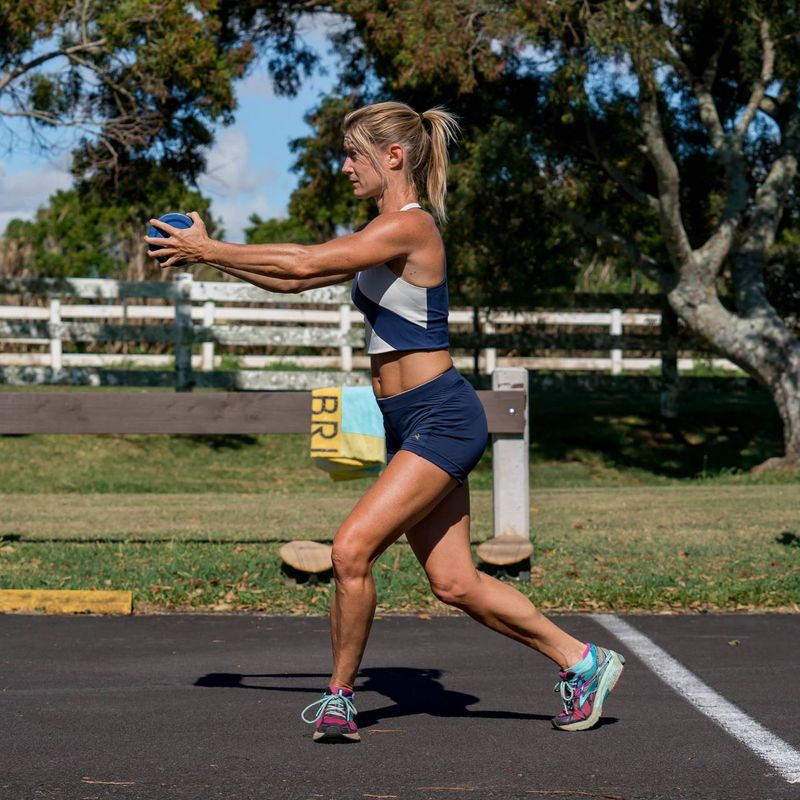
Though it seems counterintuitive, gentle exercise while traveling actually boosts energy levels rather than depleting them. Our bodies stiffen up faster after 50, especially after long flights or bus rides.
I pack resistance bands that weigh nothing but provide a full-body workout in any hotel room. A 20-minute morning routine of gentle stretching and strength exercises keeps my energy consistent throughout the trip.
Walking is the perfect travel exercise – it’s both transportation and fitness. Aim for at least 30 minutes daily, but break it into smaller chunks if needed. Your muscles and joints will stay limber, and you’ll sleep better despite changing time zones and unfamiliar beds.
12. Use Technology To Reduce Travel Stress

Navigating unfamiliar places creates cognitive load that’s more draining as we age. The mental energy spent figuring out transit systems or finding restaurants adds up quickly.
Download helpful apps before departure – offline maps, translation tools, and transportation apps specific to your destination. Pre-loading these tools when you have good wifi saves frustration later.
Consider noise-canceling headphones essential for long flights. They dramatically reduce the fatigue caused by constant engine noise and allow you to rest better while traveling. Smart luggage trackers also eliminate the stress of wondering if your bags made it to the right place, preserving mental energy for enjoying your trip.
13. Plan Midday Rest Periods

Continuous sightseeing from morning until night quickly depletes your energy reserves after 50. Your body needs regular recovery periods, even during exciting international adventures.
Schedule a daily “siesta” or quiet time from about 2-4pm when tourist sites are often most crowded anyway. Return to your accommodation for a short rest, or find a peaceful café or park bench where you can simply sit and observe local life.
This midday break recharges your physical and mental batteries for evening activities. You’ll enjoy dinner and nightlife much more when you’re not dragging from all-day exertion. Plus, these quieter moments often become cherished memories of authentic local observations rather than just tourist highlights.
14. Adjust Your Eating Schedule To Local Time
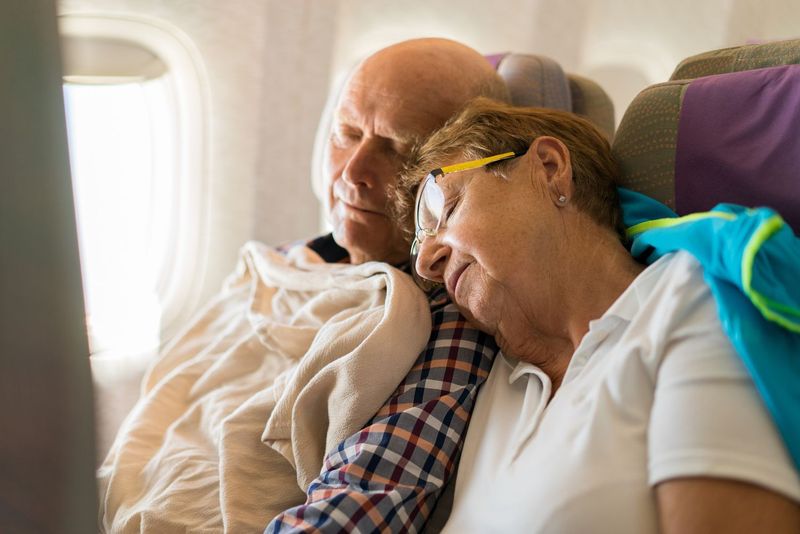
Digestive systems become more sensitive after 50, and international travel can wreak havoc on them. Eating at irregular hours confuses your body’s internal clock and can contribute significantly to travel fatigue.
Force yourself to eat according to local mealtimes from day one, even if you’re not hungry. This helps reset your body’s rhythms faster and prevents middle-of-the-night hunger that disrupts sleep.
Consider carrying digestive enzymes or probiotics if you frequently experience stomach upset when traveling. Staying regular is surprisingly important for maintaining energy levels abroad! And while sampling local cuisine is part of the adventure, balance adventurous eating with familiar foods that won’t upset your system.
